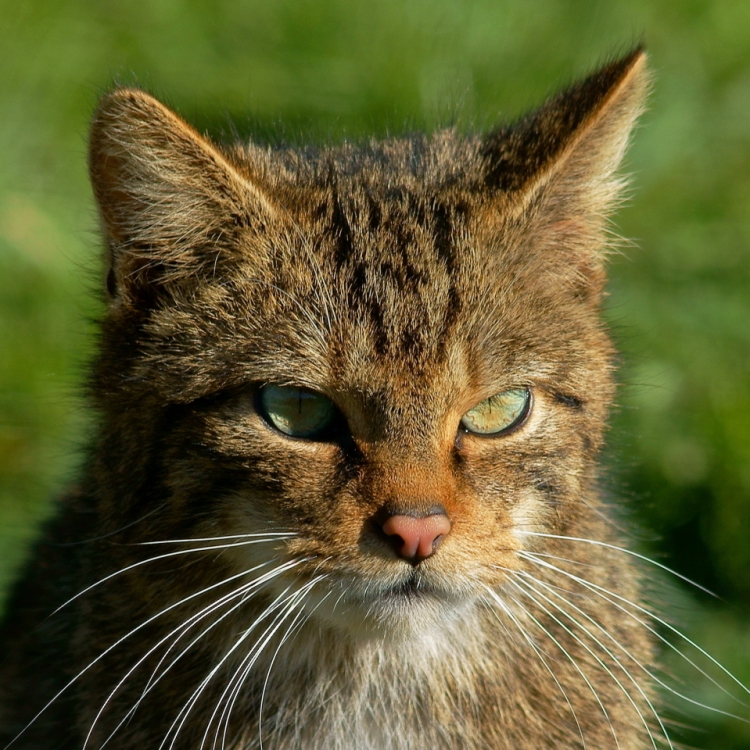
Here’s a cool article from the anthropology website SAPIENS, written by Josie Glausiusz. It deals with Neanderthals; and, more specifically, how they make us rethink our definition of “species.”
Scientists have long classed Neanderthals and modern humans as separate species, because of morphological (observable and physical) differences. For instance, Neanderthals had more muscle mass and more pronounced brows than us, and had shoulders that were less well-suited for throwing.
Despite these variations, Neanderthals and modern humans interbred – a lot. The SAPIENS article mentions a study that examined the genomes of 400 modern people from Europe and East Asia, which is where Neanderthals used to live. On average, 1.5 percent of the genes in each person came from Neanderthals, whereas 1.7 percent of the genes of East Asian participants were from our hominid ‘cousins.’
Or were we more than cousins?
According to the classic definition of “species,” separate species cannot interbreed and produce viable offspring, or offspring that are capable of reproducing. Yet, our ancestors and Neanderthals did. The above figures of 1.5 and 1.7 percent may not seem like much, but, when you consider that the Neanderthal genes in our DNA have been diluted for hundreds of thousands of years, it suggests that there was considerable mixing between modern humans and Neanderthals.
Technically speaking, doesn’t this mean that we’re the same species?
The scientific community isn’t sure. Some experts contend that Neanderthals and modern humans were the same species, and others argue that even though we were able to interbreed, our morphological differences were pronounced enough to make us separate species. Still others question if the definition of “species” needs to be revised.
Implications
This is a fascinating debate that has implications for conservation. A chapter in a 2010 book titled The Biology and Conservation of Wild Felids describes the case of Scottish wildcats in the United Kingdom.

One of the main threats to Scottish wildcats is that they’re interbreeding with domestic cats, hence diluting their ‘pure’ genomes. According to government regulations, only purebred Scottish wildcats are worthy of being conserved.*
But, if Scottish wildcats and domestic cats can interbreed – and produce viable offspring – does this mean that they’re actually the same species? If so, why bother conserving Scottish wildcats? For that matter, why not protect wildcat-domestic cat hybrids?
As you see, the species/not species debate could have real-world consequences. If we can’t agree on what constitutes a separate species, how do we decide which animals to conserve? I wonder if, hundreds of thousands of years ago, Neanderthals had any idea how profound their legacies would be.
*Note: Since the referenced book chapter is from 2010, the laws governing Scottish wildcat conservation may have changed.
Interesting article, Josh, thank you for sharing! (Did you read the book “Sapiens: A Brief History of Humankind”? I think you might enjoy it a lot! This reminded me a bit of it.)
Hope you’re doing well :) hugs from Switzerland!
LikeLiked by 1 person
Thanks Monika! I haven’t read that book yet, but I definitely should! Right now I’m reading a textbook on archaeology though :P
Hugs to you too! I miss you!
LikeLike
I heard this idea the other day, about all things being one in sameness. The wind is one element, and yet it can create two tornadoes–two forces existing outside and yet somehow inside of one another. We get so caught up in striving to find differences between things (because we are always so proud of our uniqueness ;) ), we often fail to recognize the similarities, and appreciate and study those. Loved this piece–gave me a lot of food for thought, as your work usually does. Thanks for sharing friend :)
LikeLiked by 1 person
Is anything really separate from anything else? Some spiritual traditions claim we’re all part of the same entity, which is quite something to think about…perhaps we’re all little tornadoes in the same wind.
Don’t ask me to clarify what I said above, because I don’t understand it either :P
Thanks for stopping by! I always value your comments :)
LikeLike
The face on that cat though… savage
After reading the article I also agree with you that we do have considerable mixing between modern humans and the Neanderthals.
LikeLiked by 1 person
Lol, cats make the best faces! Actually, I don’t know, dogs make some good faces too.
LikeLiked by 1 person
Yeah they do… but cats take the cake when it comes to face making.
LikeLiked by 1 person
Agreed!
LikeLiked by 1 person